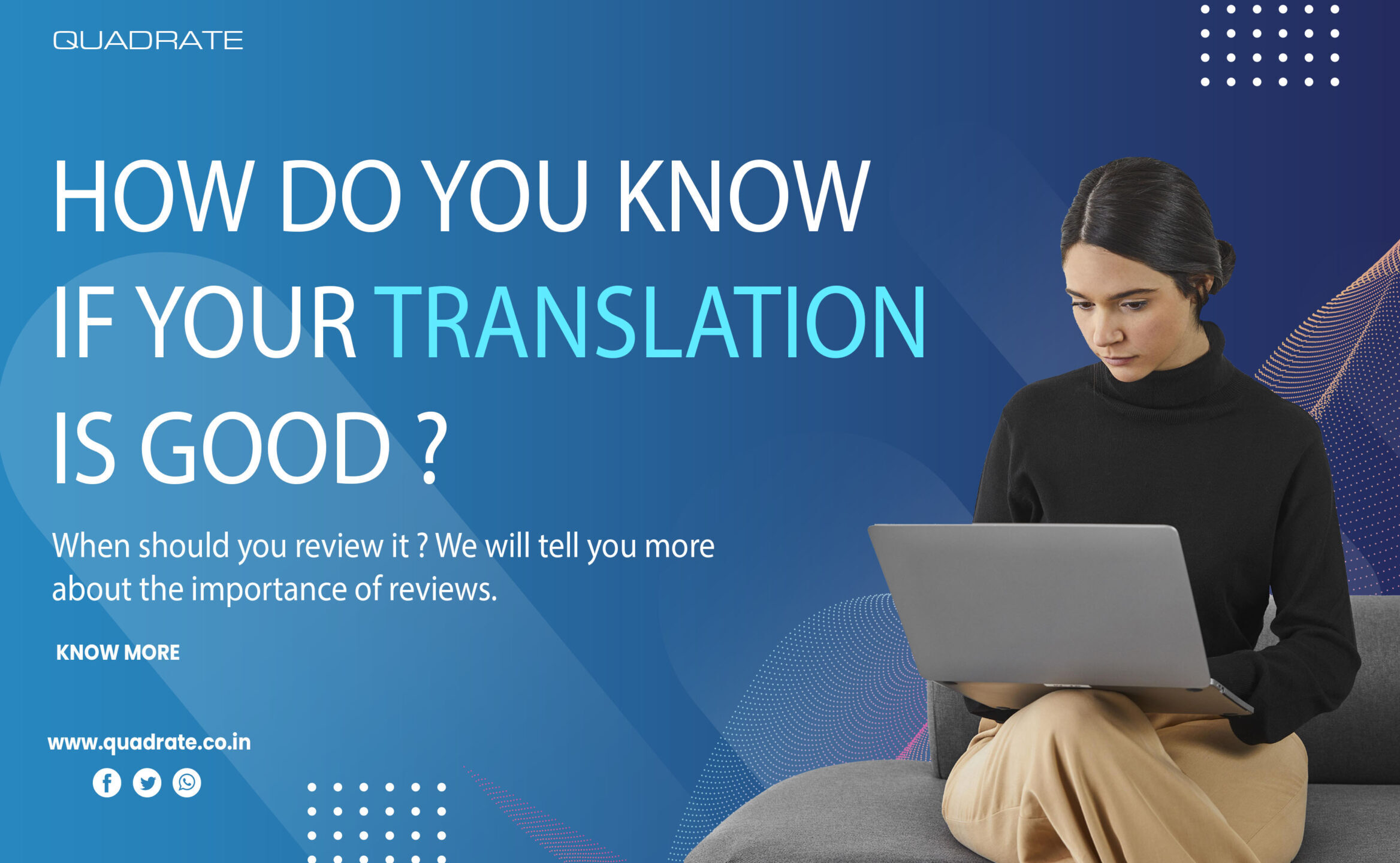oont
Machine Translation:
Machine translation has become much more sophisticated in terms of technology in the past few years and the level of accuracy in results compared to human efforts is quite impressive. But there are times when we find ourselves in a situation where we need to go the extra mile and make things certain in terms of correctness and faithfulness, and that’s when machine translations combined with human intervention can shine. In this article, we examine both types of translation techniques – machine-based and human – and how they work well together to ensure quality translations at every stage.
But we, as humans, bring certain personal touches to idioms and expressions that provide us with a way to speak and construct complete sentences. It is the job of the translator to take these different styles and bring them into their text which gives it its distinct flavor along with parallel data collected over time – the latter enabling machines the ability to specialize quickly with an expert touch. We take our work very seriously and we know how much you value customer relationships so we take pride in creating a translation engine that is fully tested and ready to use for our clients’ websites.
To have a good translation, the translator must be able to fully grasp the intended meaning of the source language content. What makes a professional translator stand out from the rest is competence in his/her own mother tongue and an absolute mastery of syntax so as not to lose any nuance. Perhaps we could say that a human translator’s role is expanding to become more of a quality inspector, one who inspects volumes of machine translation or MT for quality control purposes.
As technology continues to advance, it would seem that machines are starting to learn things for themselves. Mind-blowing right? Based on tools such as machine learning (ML) and deep learning (DL), machines are given the ability to pick up on these skills through means of trial and error or based on how they process data. As they ‘practice’, their ability to interpret languages improves over time.
Certainly, it’s the experts who are responsible for developing AI programs who are responsible for administering, managing, selecting, and prioritizing data. They determine how smart the algorithms are when they look at certain parts of a sentence or ascertain vocabulary. Yet it is up to the human translator to provide situational awareness, and resolve polysemic and contexts which can then be used to ensure quality translation.
Professional Translator:
A professional translator avoids translation errors or errors of polysemy, and by the same token corrects these errors in the source text. In addition, the translator provides text adequacy to the field’s style. With the digital transformation that companies are going through, there is a growing demand for translated content. To have a big impact on those who read them, these translations need to be increasingly specialized yet varied. This is why more and more companies are using automated translations of only the most general parts of their content, while the more personal and/or specific parts are entrusted to humans.
Reach us @ + 91 96000 444222 | [email protected]

